Polychrome and gilded wood sculpture, simply polished on the back, depicting a richly dressed young horseman wearing a flat hat and carrying a falcon on his right arm, his hand covered by a glove. From an iconographic point of view, it could be a civil sculpture depicting a nobleman hunting, given that he does not wear a halo and there are no other elements that would allow him to be identified. But it could also be a saint. In this case, it could be Saint Eustace of Rome, a Roman general martyred in the Italian capital during the persecutions of Emperor Hadrian in 118 AD. He was converted when, while hunting, he saw a deer with a crucifix between its antlers, illuminated by a strong light, and heard a voice warning him. This vision also appears in the lives of Saint Felix of Valois (sainted in 1666), who had it while he was walking, and of Saint Hubert of Liège. Hubert of Liège (a Merovingian nobleman who took up hunting after the death of his wife and who had the aforementioned vision while hunting on Good Friday, with a voice that told him "Hubert, if you do not return to the Lord and lead a holy life, you will go to hell" and who sent him to the Bishop of Maastricht, Lambert, where he converted, renouncing his position and giving his wealth to the poor). Hubert died in Tervuren, Brabant, and his remains ended up in the Abbey of Andain, in the present-day town of Saint-Hubert, where they were lost in the 16th century (until then, the abbey was a very important pilgrimage center). The importance of this saint increased thanks to certain military orders that took his name in the 15th century; in addition, Philip IV of Spain had him as a protector. Normally, these saints (Saint Eustace and Saint Hubert) are depicted accompanied by a deer carrying a cross or a crucified Christ between its antlers, as this is the most important moment of their lives. However, when space permitted or in cases of development at different times in history, it was not uncommon to see them with a horse: the portal of the Chapel of Saint Hubert in Amboise (chapel built between 1491 and 1496), with the saint next to a horse and kneeling before the deer; two works preserved at the Metropolitan Museum in New York: a French relief from the early 16th century with the saint on horseback (inventory 25.120.284) and a half-prayer bead from the early 16th century, from the Netherlands, with the saint also on horseback. Depictions of Saint Eustace are generally fewer in number. Stylistically, the work does not show much Hispano-Flemish influence (although the saint was very popular in northern Europe). Also compare the clothing: the hat is similar to the one worn by the portrait of John Calvin in the engraving attributed to Hans Holbein the Younger (circa 1497-1543). -
Dimensions: 64x20x77 cm


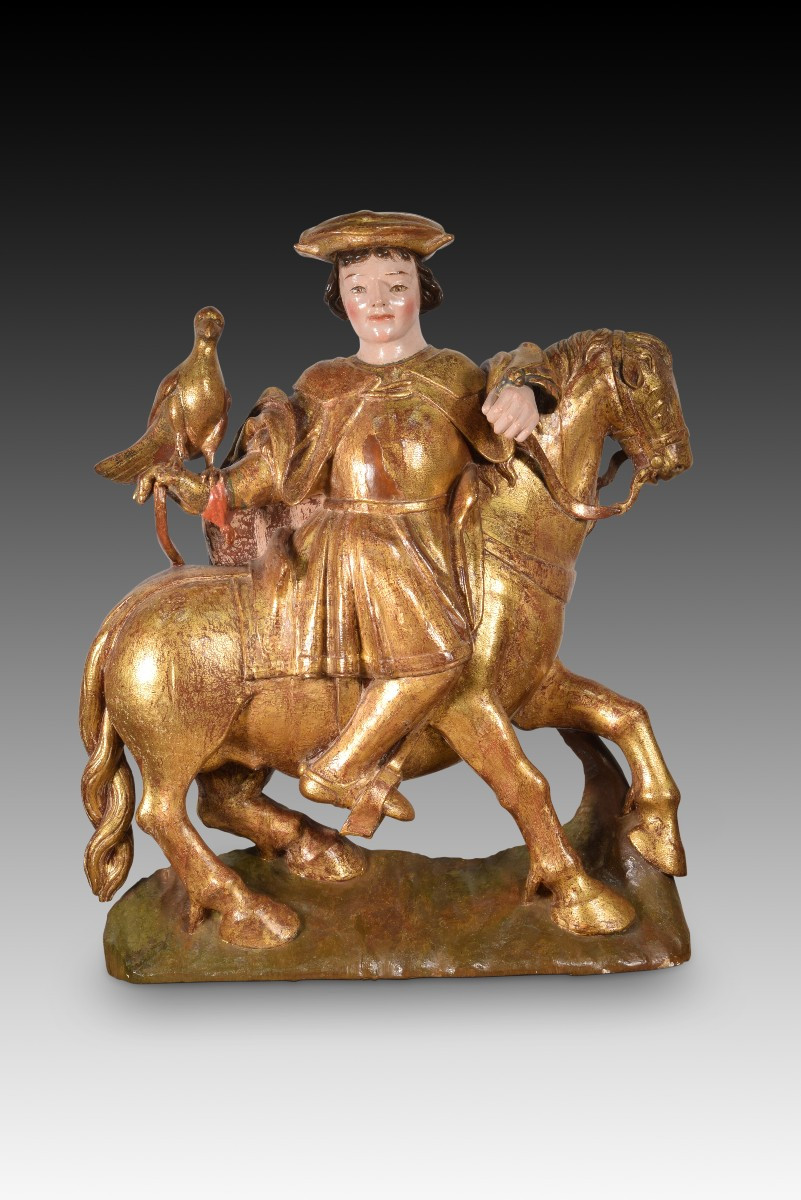



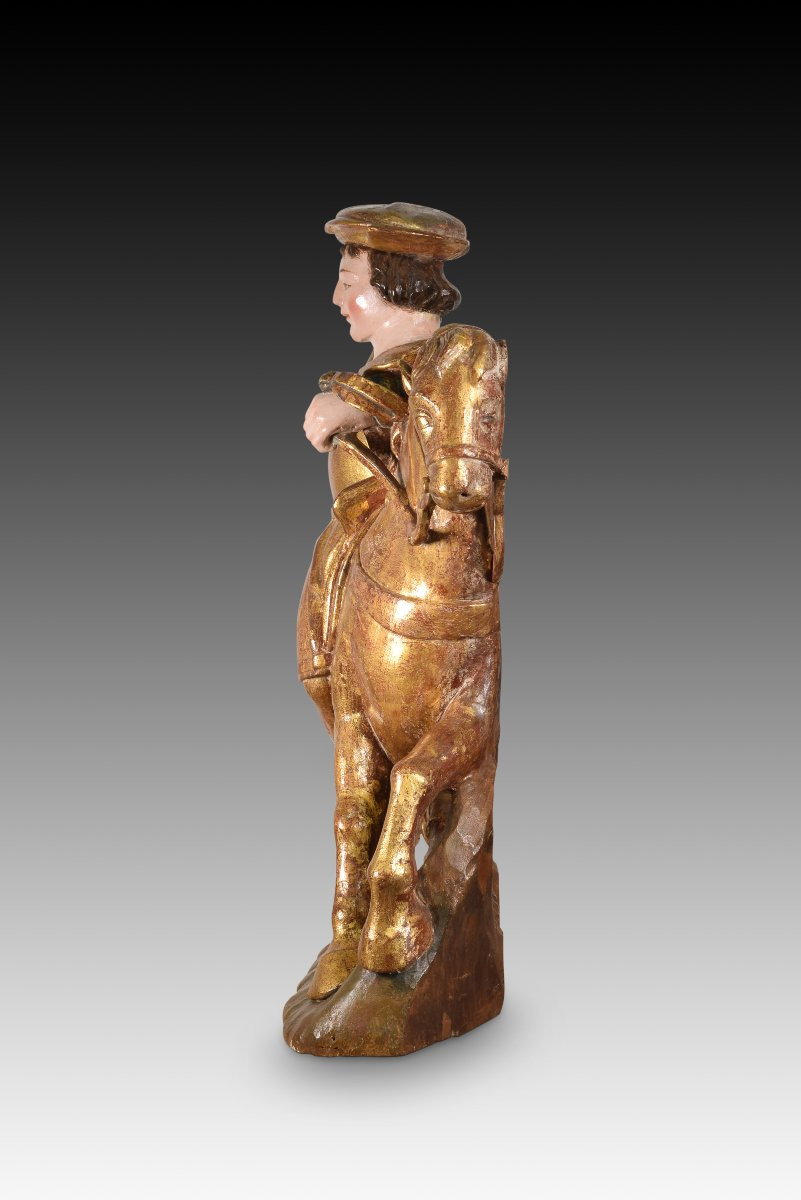





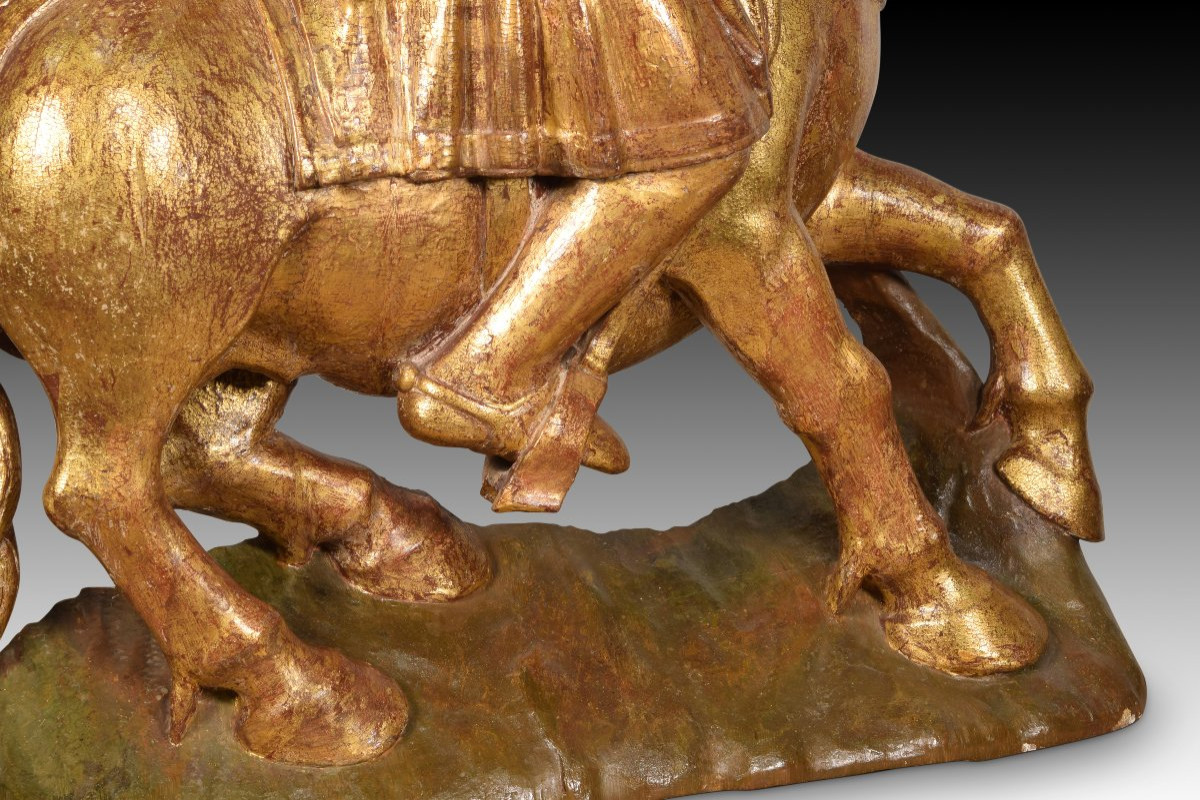



























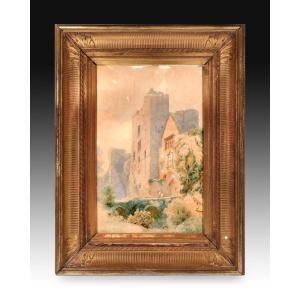


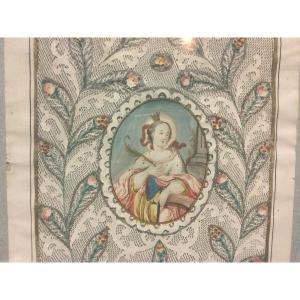
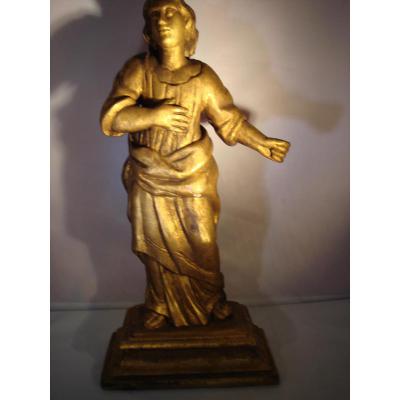
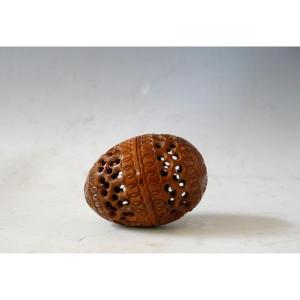




 Le Magazine de PROANTIC
Le Magazine de PROANTIC TRÉSORS Magazine
TRÉSORS Magazine Rivista Artiquariato
Rivista Artiquariato